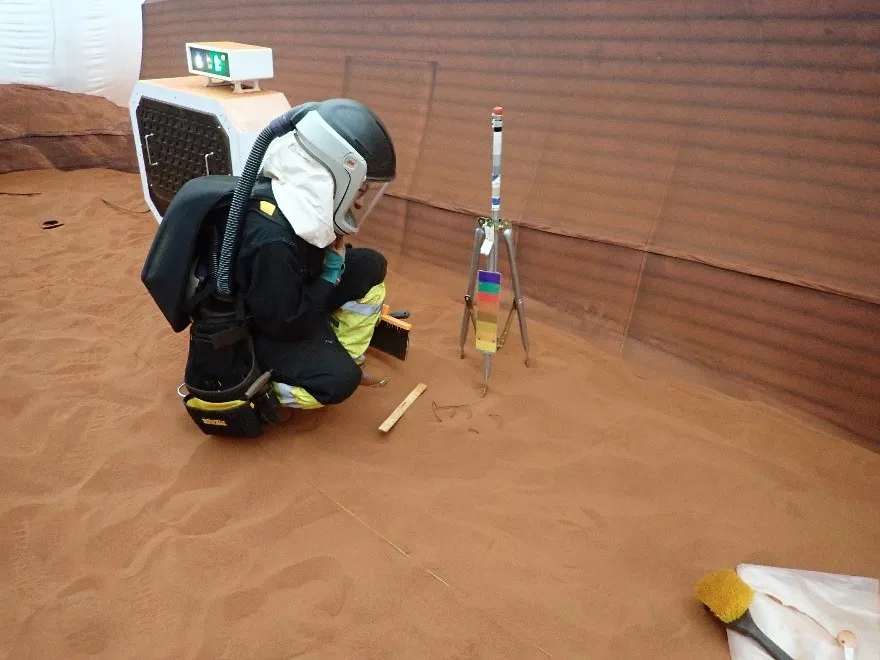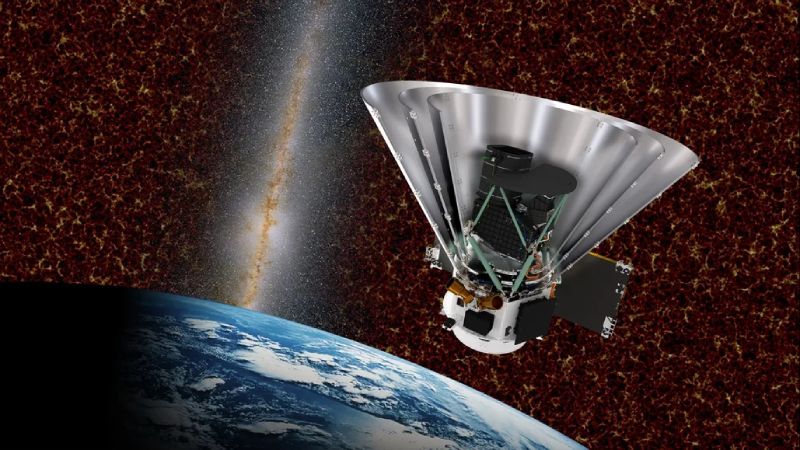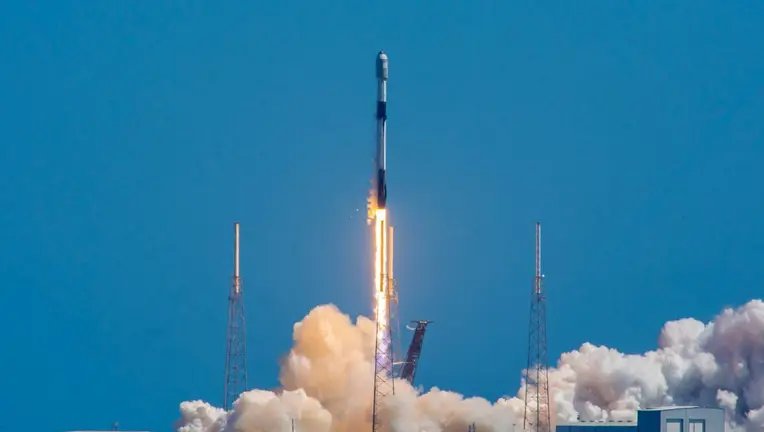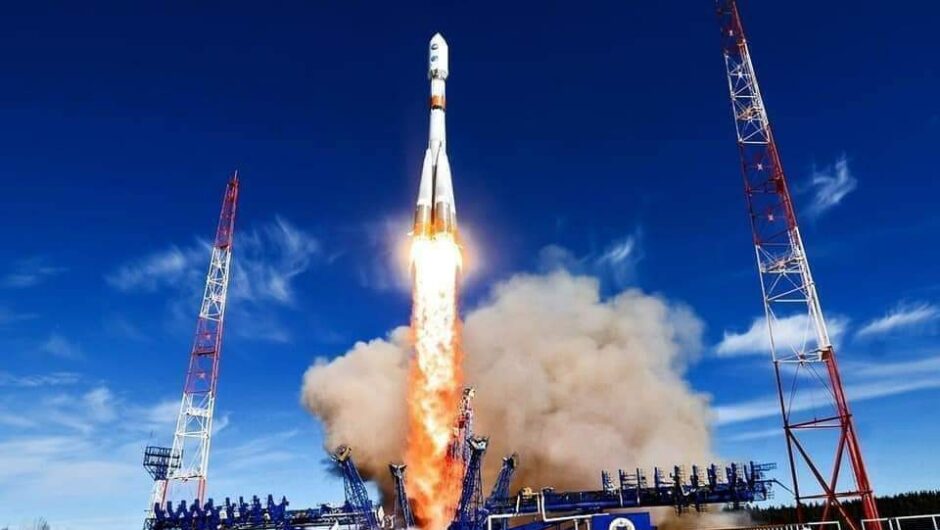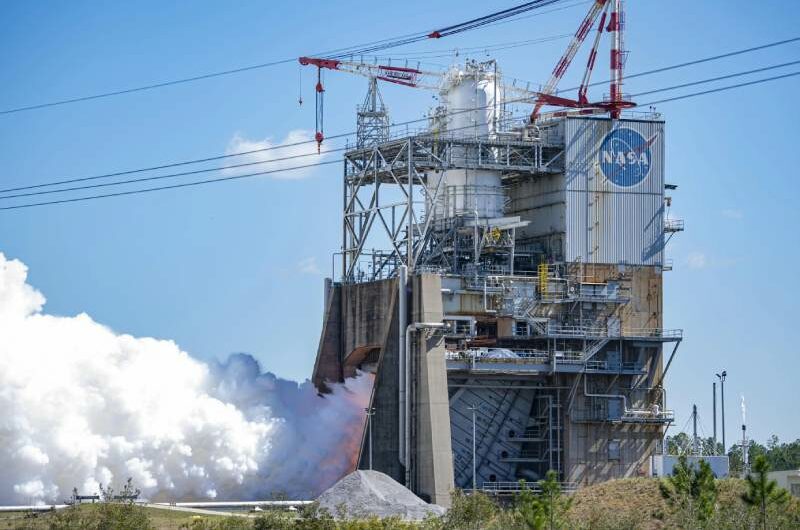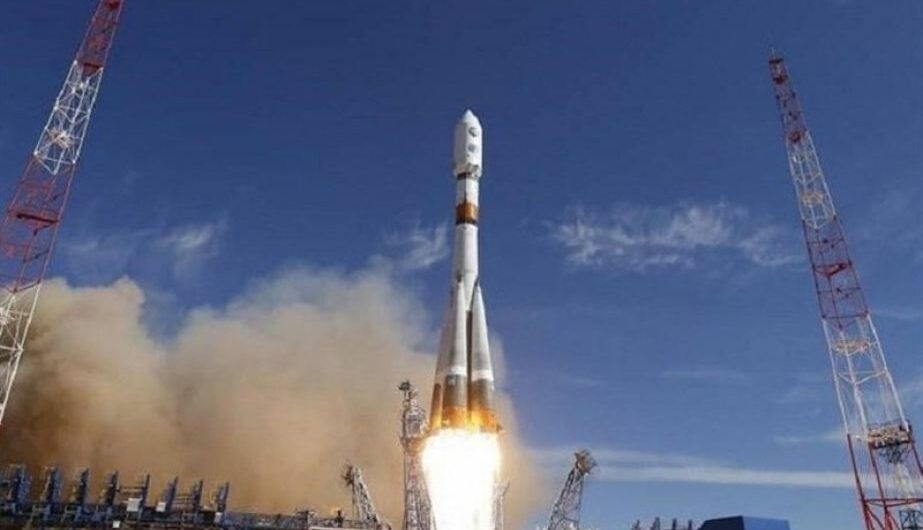Jan. 11 marked the 200th day of the mission for the first crew participating in a year-long NASA Mars analog project.
The four person analog crew, entered the CHAPEA (Crew Health and Performance Exploration Analog) habitat at NASA’s Johnson Space Center in Houston on June 25, 2023, and is scheduled to complete its mission on July 6, 2024.
In addition to participating in a variety of simulated “Marswalks” with appropriate time delays, tempos, and activities consistent with future Mars mission concepts, the crew over the course of the last 200 days planted and harvested its first crops grown inside the 1,700-square-foot habitat, including tomatoes, peppers, and leafy greens. They also conducted science investigations in the biological and physical sciences.
NASA will use the knowledge gathered from CHAPEA to assess the best ways to support the health and performance of the crew during a long-term exploration mission on Mars.
NASA is in charge of a long-term scientific and exploration mission back to the Moon. NASA’s Artemis missions will send a woman and a person of color to the Moon, where they will use cutting-edge technologies to explore a larger area of the planet than has ever been seen before.
NASA will be ready for the upcoming enormous leap—launching humans to Mars—by using lessons discovered on and around the Moon and ground-based initiatives like CHAPEA.
Topics #Artemis Missions #CHAPEA #Crew Health #Mars Analog Project #NASA #space
